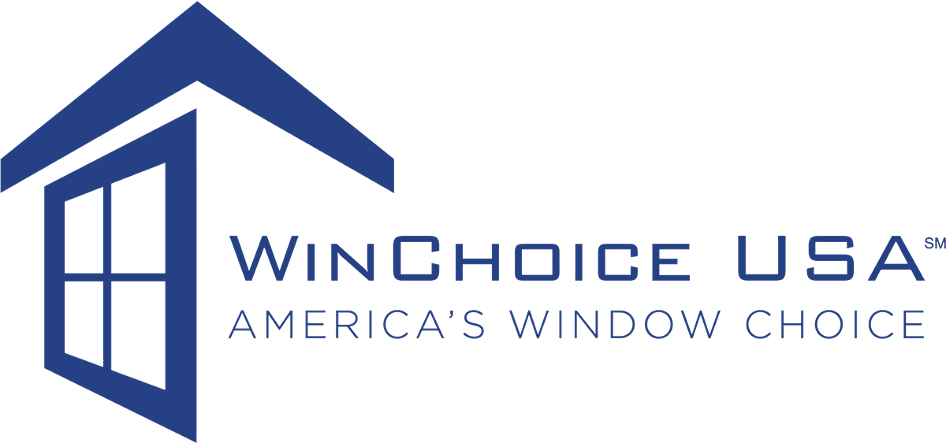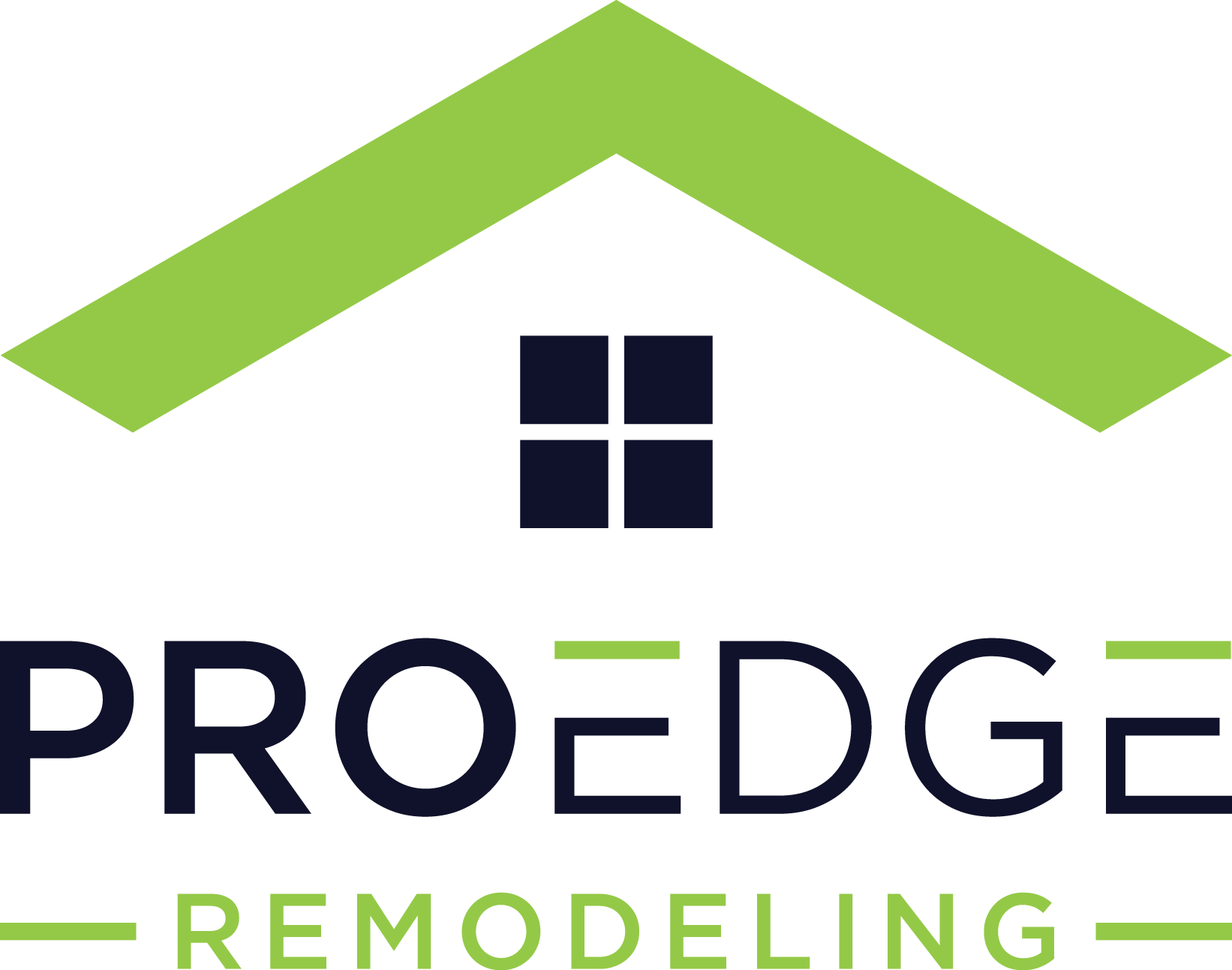Does Your Home Warranty Cover Roof Leaks?

*Updated April 15th , 2025
A home warranty is a service contract that covers specific items, like home appliances and home systems, in case they break down due to normal wear and tear. It differs from homeowners insurance, which covers your home and personal property from damage caused by natural disasters, theft, vandalism, or liability claims.
Having a home warranty can save you money and hassle when something goes wrong with your home. It can also increase the value and appeal of your home if you decide to sell it. However, not all home warranties are created equal. Some may cover more items than others, and some may have more restrictions and exclusions than others.
Does a Home Warranty Cover My Roof?
One of the most important items to consider when choosing a home warranty is your roof.
Your roof is one of the most expensive and essential parts of your home. It protects you from the elements, keeps you comfortable, and enhances your curb appeal. A roof leak can cause serious damage to your home and belongings, as well as health risks from mold and mildew.
But does your home warranty cover roof leaks? The answer is: it depends.
A home warranty may cover some kinds of roof leaks, but not a full roof replacement. Roof leaks are usually covered only if they are caused by regular wear and tear, not by external forces or incorrect use.
For example, if your roof leaks because of old age, faulty installation, or defective materials, your home warranty may cover the repair cost. However, if your roof leaks because of a storm, a fallen tree, or vandalism, your home warranty will not cover it. In that case, you will need to rely on your homeowners insurance or pay out of pocket.
Also, keep in mind that roof coverage may not be included in the basic policy of your home warranty. You may need to purchase an add-on or a limit for roof coverage.
An add-on is an extra fee that you pay to cover specific items that are not part of the standard plan. A limit is a maximum amount that your home warranty will pay for a certain item or category.
Some home warranty companies may charge you an extra $100 per year for roof coverage as an add-on. Others may include roof coverage in their standard plan, but only up to $500 per year as a limit. If your roof repair costs more than that, you will have to pay the difference yourself.
Therefore, it is very important to read your contract carefully before signing up for a home warranty.
Make sure you understand what is covered and what is not, how much you have to pay for add-ons or limits, and what are the terms and conditions of your coverage.
How to Add Roof Coverage to Your Home Warranty Plan
If you want to add roof coverage to your home warranty plan, you will need to do some research and comparison shopping. Not all home warranty companies offer roof coverage, and those that do may have different prices and features.
Here are some tips on how to find the best deal and what to look for in a reputable provider:
- Compare multiple quotes from different companies. Visit HomeWarrantyReviews.com or ConsumerAffairs.com to find reviews and ratings of various home warranty providers.
- Check the reputation and accreditation of the company. Use Better Business Bureau or Trustpilot to see if the company has any complaints or lawsuits against them. You can also check to see if they have seals of approval from organizations like the National Home Service Contract Association.
- Read the fine print of the contract. Make sure you understand what is covered and what is not, how much you have to pay for add-ons or limits, and what are the terms and conditions of your coverage. Look for any hidden fees, exclusions, or loopholes that may affect your claim.
- Ask questions and negotiate. Don’t be afraid to ask questions and clarify any doubts you may have about the contract. You can also try to negotiate a better deal or ask for discounts or incentives. For example, you may be able to get a lower price if you pay annually instead of monthly, or if you bundle your home warranty with other services like pest control or lawn care.
How Homeowners Insurance Complements Your Home Warranty in Case of Roof Damage
While a home warranty may cover some kinds of roof leaks, it will not cover a full roof replacement or damage that exceeds the warranty limit. In that case, you may need to rely on your homeowners insurance to cover the cost.
Homeowners insurance serves as a protective shield for your residence and personal belongings, safeguarding them from potential harms such as natural calamities, theft, vandalism, or legal liabilities. Among the various protection layers it offers for roofs, it includes:
- Wind Damage: Covers the damage caused by fierce weather events like hurricanes or tornadoes, or even strong gusts that might tear away roof shingles or tiles.
- Hail Damage: Covers the dents or cracks formed as a result of the impact of hailstones on your roof.
- Fire Damage: Covers the damage caused by fire incidents that burns or melts your roofing materials.
- Water Damage: Covers the damage caused as a consequence of leaks or the formation of ice dams, leading to unwanted moisture penetration through the roof.
However, homeowners insurance may not cover all types of roof damage. Some of the factors that may affect your insurance claim and premium are:
- The age and condition of your roof: If your roof is old or poorly maintained, your insurance company may deny your claim or pay less than the full replacement cost. They may also charge you a higher premium or require you to upgrade your roof before renewing your policy.
- The cause and extent of the damage: If the damage is caused by negligence, improper installation, or lack of maintenance, your insurance company may deny your claim or pay less than the full replacement cost. This may result in the insurance company to charge a higher deductible or limit your coverage.
- The type and amount of coverage: Depending on the type of policy you have, your insurance company may pay for the actual cash value or the replacement cost of your roof. The actual cash value is the depreciated value of your roof at the time of the loss. The replacement cost is the amount it would cost to rebuild your roof with similar materials and quality. The replacement cost is usually higher than the actual cash value, but it may also require a higher premium.
Therefore, it is important to review your homeowners insurance policy regularly and make sure you have adequate coverage for your roof. You should also keep receipts and records of any repairs or maintenance you do on your roof. This will help you prove the value and condition of your roof in case of a claim.
Signs of a Roof Leak and When to File a Claim
Not sure if you’re dealing with a roof leak? Sometimes the signs are obvious, but often they start small and sneak up on you. Catching a leak early can save you a ton of money (and stress), so it’s good to know what to look for.
Here are a few telltale signs:
-
Ceiling stains or water spots – Brownish rings or blotches on your ceiling? That’s a big red flag that water is getting in.
-
Musty or damp smells – If a room suddenly smells like a wet basement, you could be dealing with hidden moisture.
-
Peeling paint or bubbling wallpaper – Moisture behind the walls can cause your finishes to lift or bubble up.
-
Warped drywall or sagging ceilings – This is a more serious sign, and you’ll want to act fast before the damage gets worse.
-
Mold or mildew growth – Especially near the ceiling or in the attic—this often shows up when moisture is left unchecked.
So, when should you file a claim?
If the leak is clearly caused by wear and tear—like aging shingles or normal roof deterioration—it might be covered under your home warranty (if you’ve added roof coverage). The moment you spot an issue, take pictures, jot down what you noticed, and check your warranty contract. Don’t wait too long—most providers require you to report issues promptly, or they may deny the claim.
Step-by-Step: How to File a Roof Leak Claim
If you’ve confirmed that your roof leak is likely covered by your home warranty, here’s how to start the process. It’s actually not too complicated—just follow these simple steps:
1. Document the Issue
Grab your phone and take clear photos or videos of the leak and any damage it’s caused. Ceiling stains, peeling paint, puddles—capture it all. You’ll want this evidence when you talk to your warranty provider.
2. Contact Your Warranty Provider
Log into your online account or call the customer service number listed in your warranty documents. Let them know you’re filing a roof leak claim and provide as many details as possible: when you noticed it, what the damage looks like, and whether it’s getting worse.
3. Schedule a Service Technician
Your provider will usually send out a licensed contractor to inspect the roof and confirm the problem. They’ll assess whether it falls under the warranty’s coverage and figure out what repairs are needed. Be sure to ask if there’s a service call fee—most warranties charge a small flat fee for each claim.
4. Follow Up on the Resolution
Once the inspection is done, the technician (or warranty company) will let you know what’s covered and what’s not. If repairs are approved, schedule the work and keep track of any updates. If something doesn’t seem right, don’t be afraid to follow up or ask for clarification—your roof is a big deal, and you deserve clear answers.
Final Thoughts
A home warranty can be a valuable investment for homeowners who want to protect their home appliances and systems from breakdowns due to normal wear and tear. However, it may not cover all types of roof leaks or damage. Therefore, it is important to read the contract carefully and understand what is covered and what is not.
If you want to add roof coverage to your home warranty plan, you will need to compare different companies and plans and look for the best deal and features.
You should also consider complementing your home warranty with homeowners insurance in case of major roof damage that exceeds the warranty limit.
Additional Home Warranty Resources
- Home Warranty Cost Guide
- 13 Questions to Ask When Comparing Home Warranty Companies
- Understanding Your Home Warranty

Anna has over six years of experience in the home services and journalism industries and serves as the Content Manager at MyHomePros.com, specializing in making complex home improvement topics like HVAC, roofing, and plumbing accessible to all. With a bachelor’s degree in journalism from Auburn University, she excels in crafting localized, comprehensive guides that cater to homeowners’ unique needs. Living on both coasts of the United States has equipped her with a distinctive perspective, fueling her passion for turning any house into a cherished home through informed, personalized decision-making.








